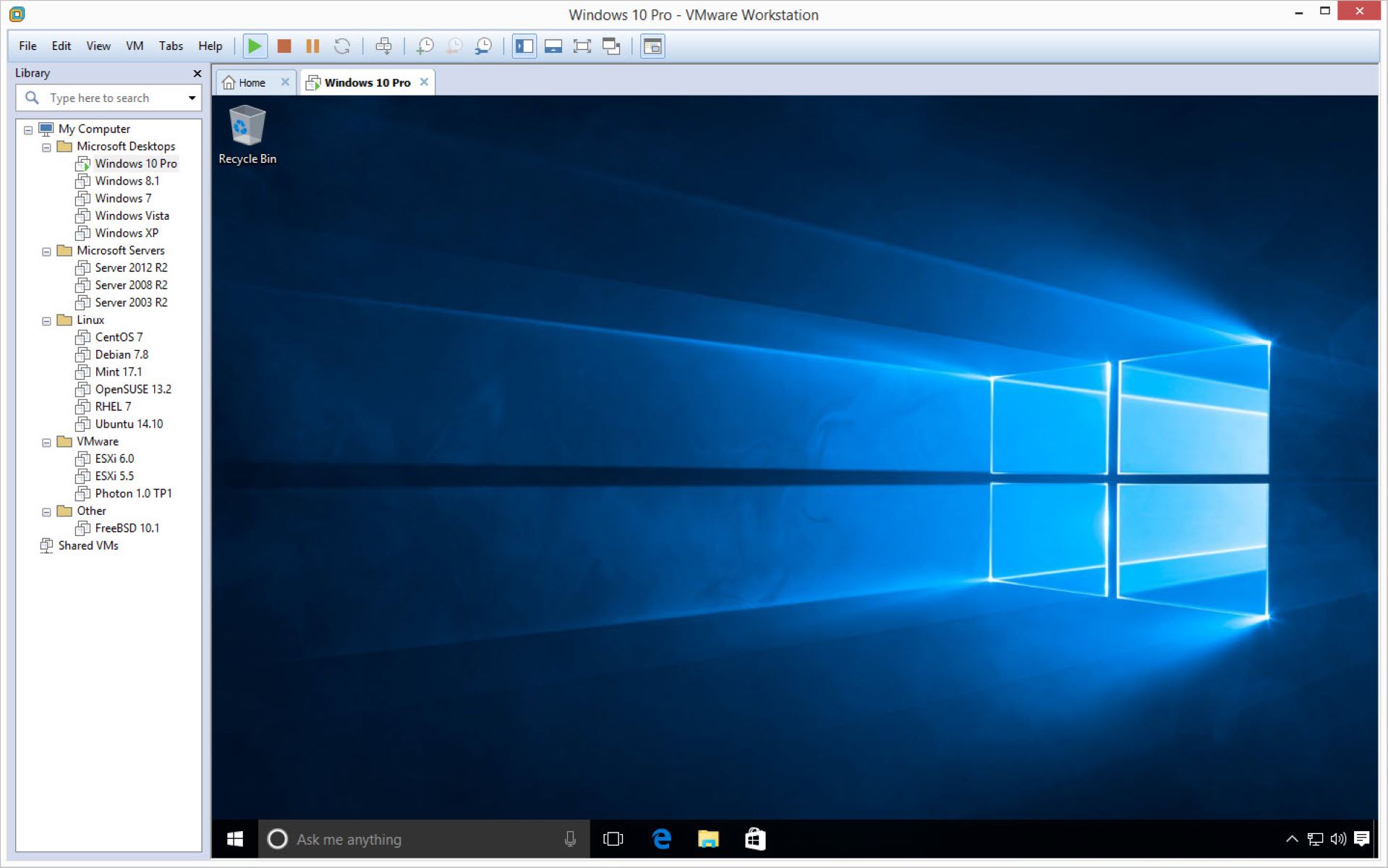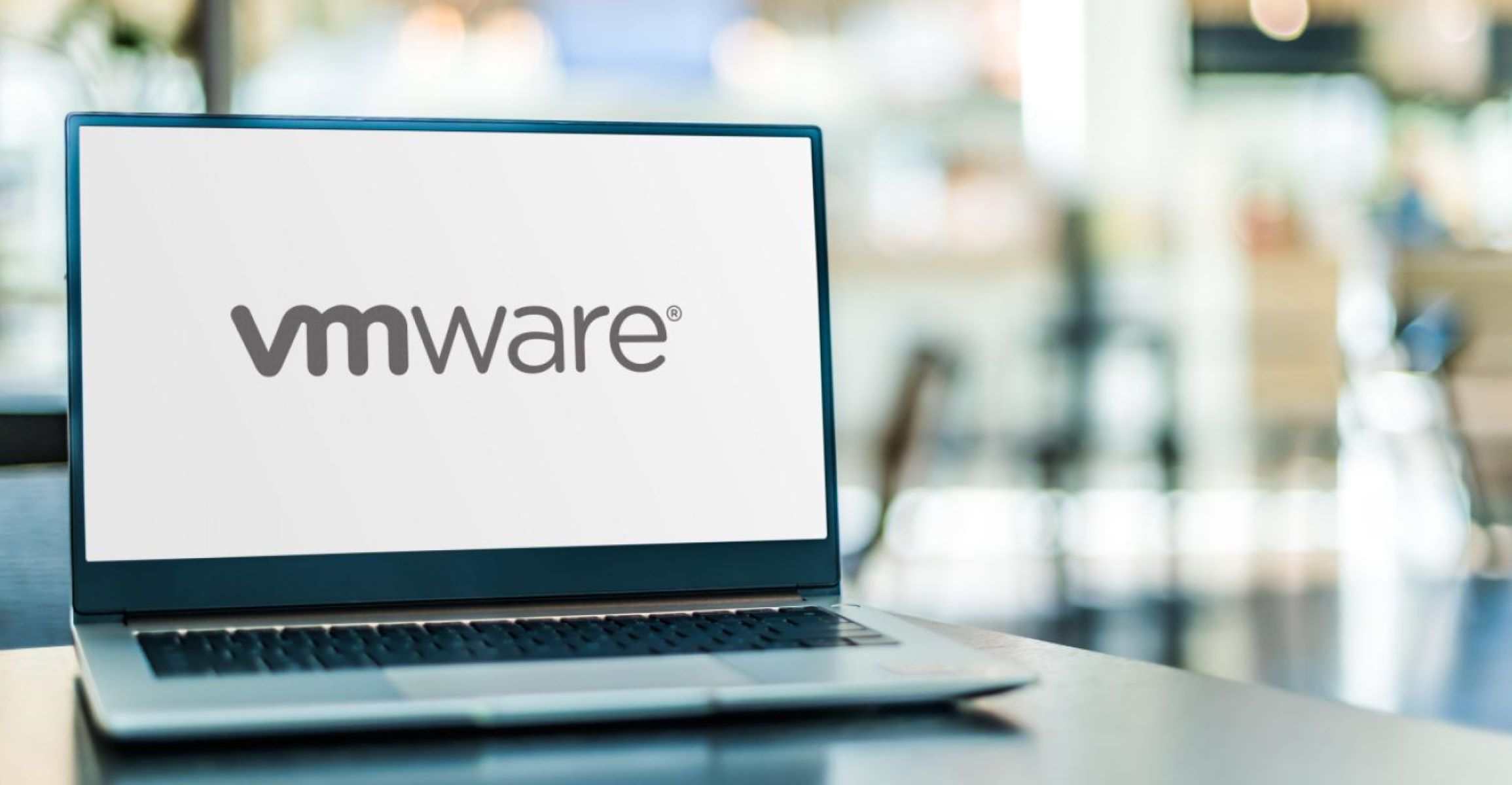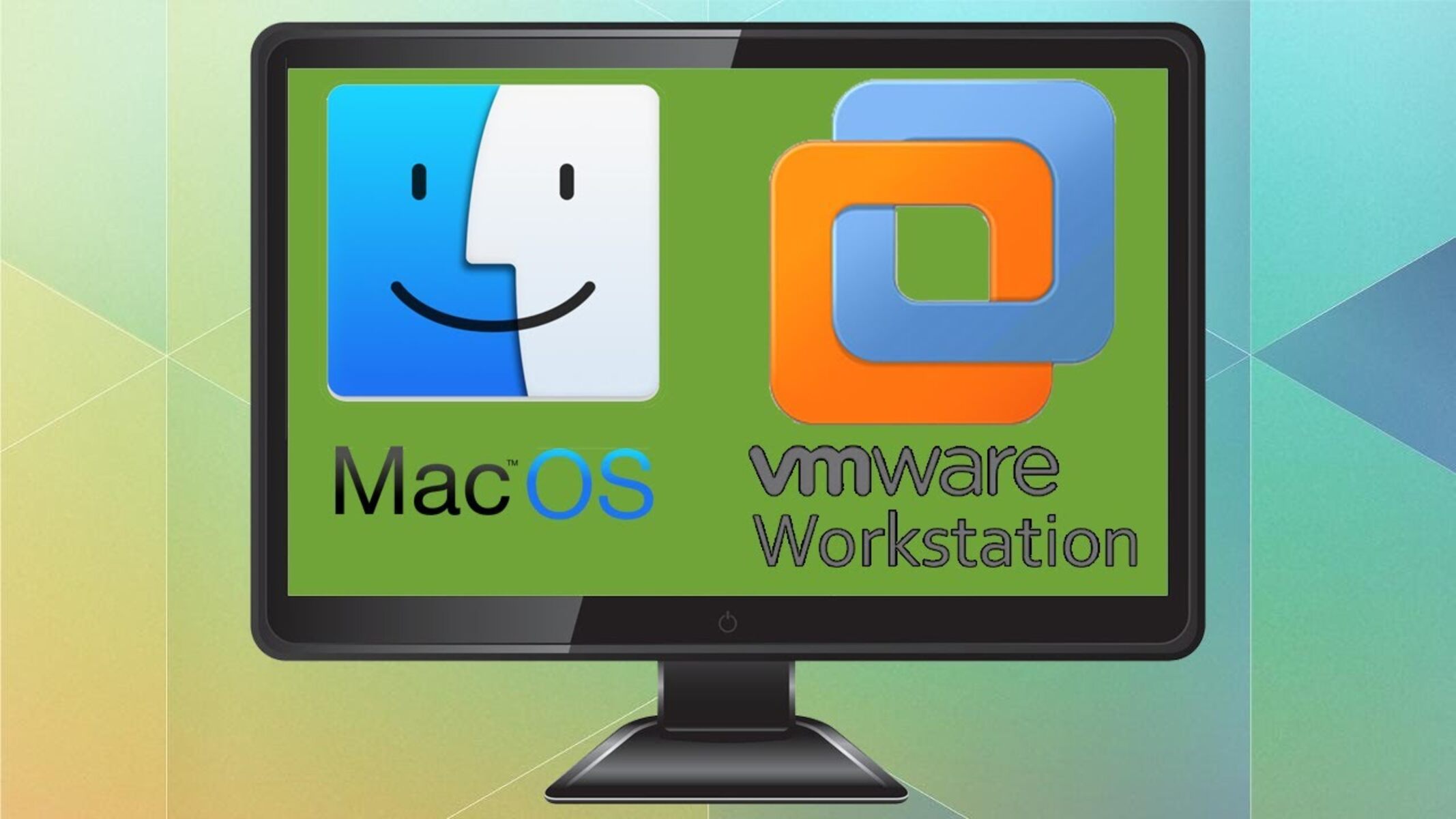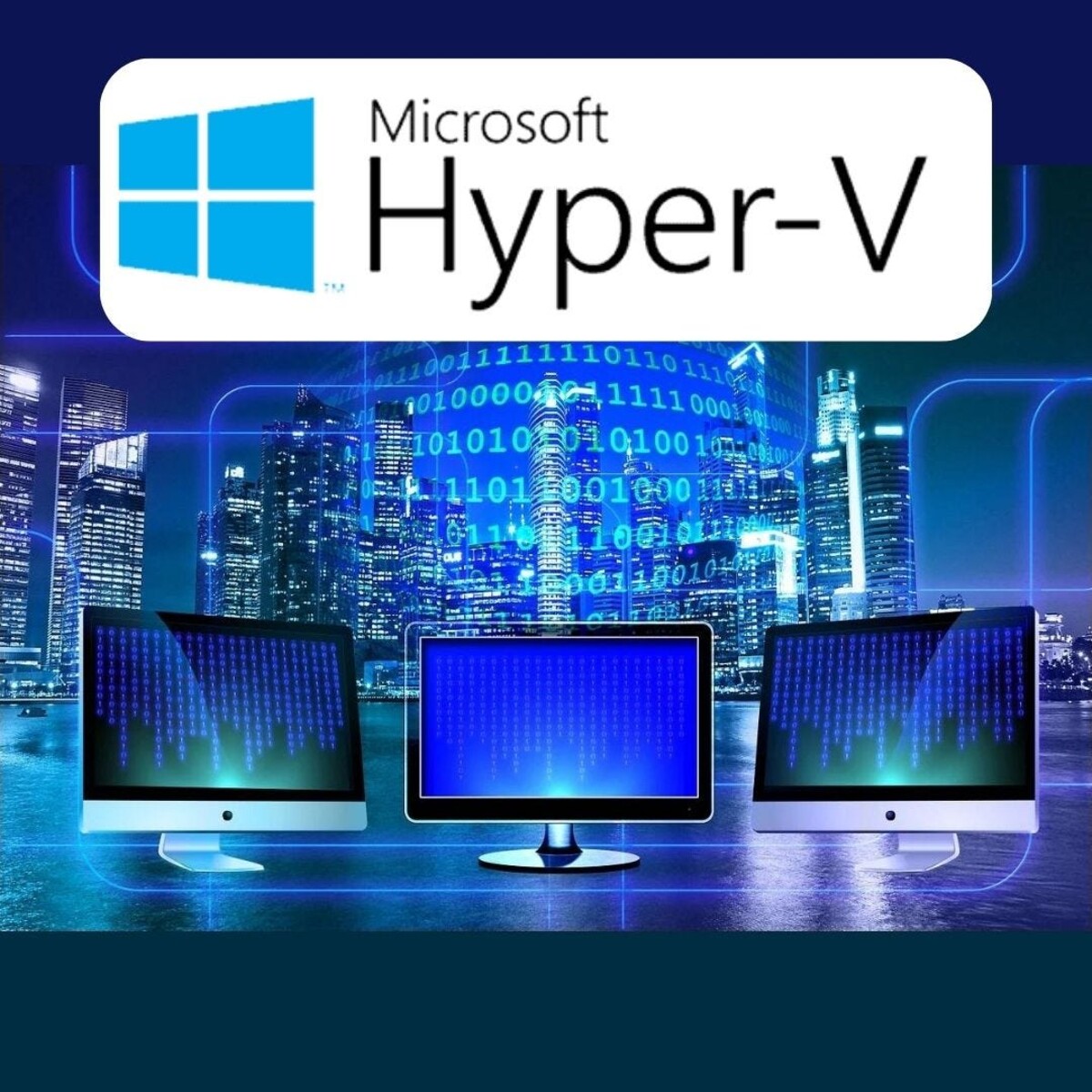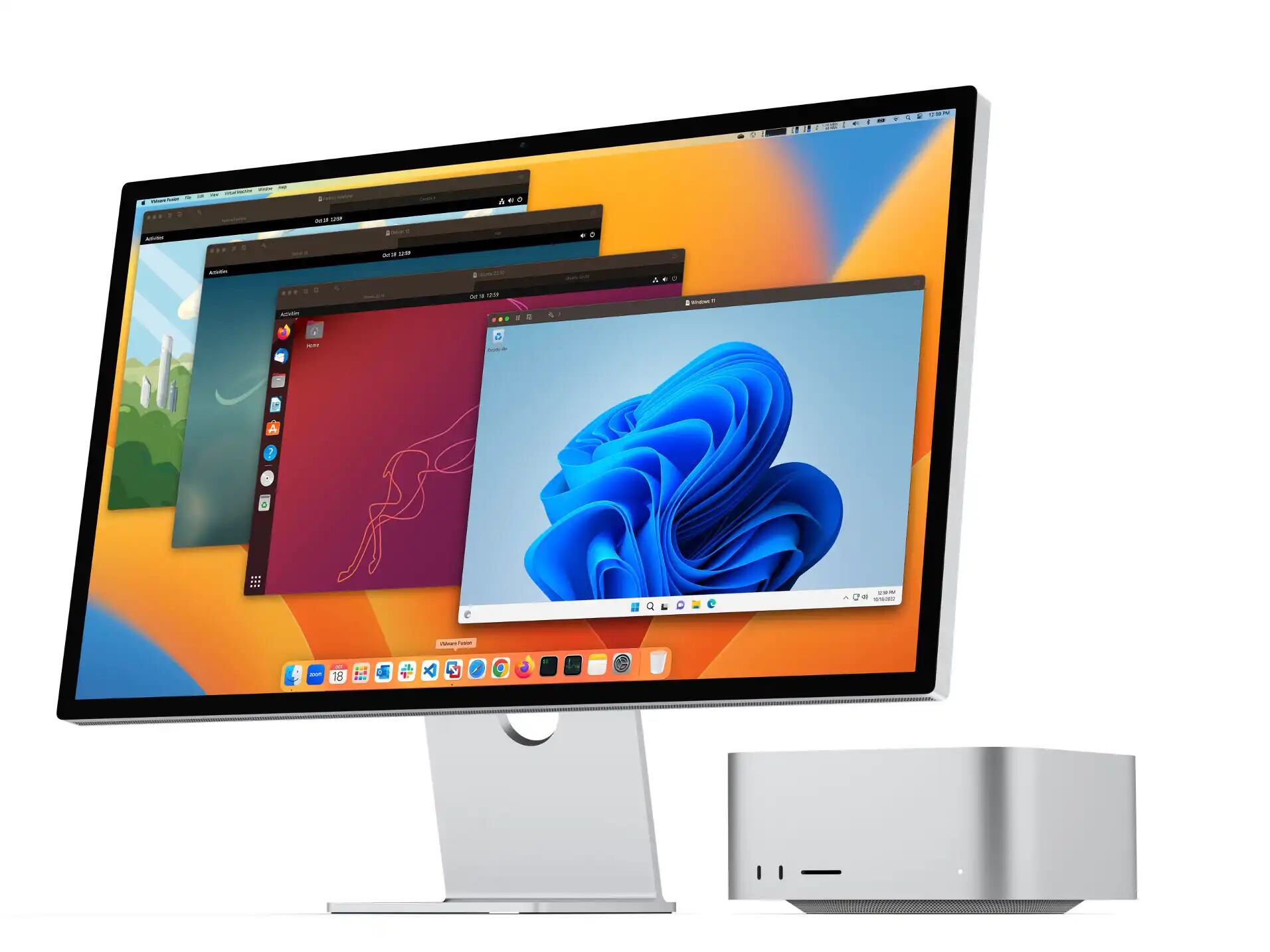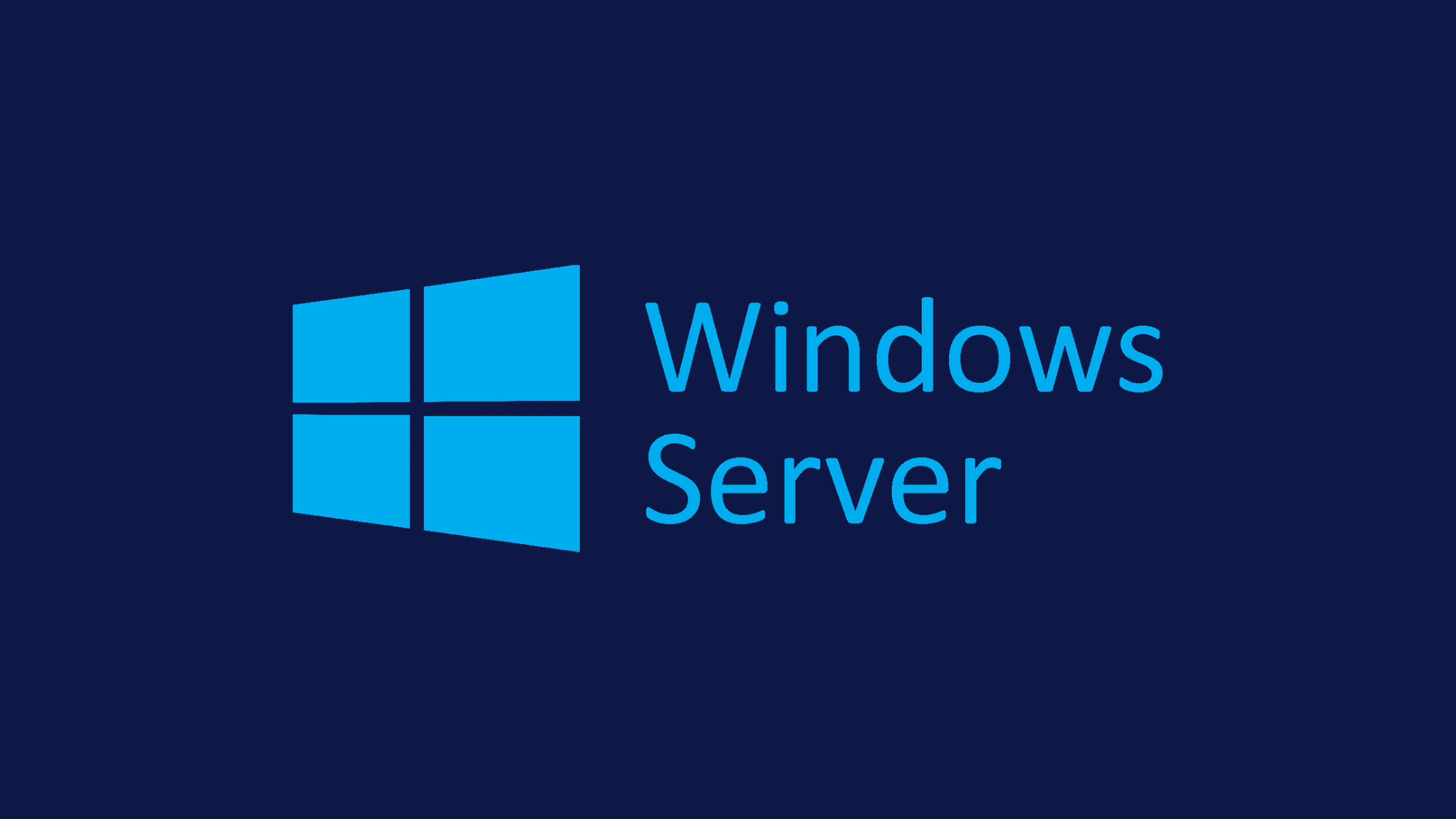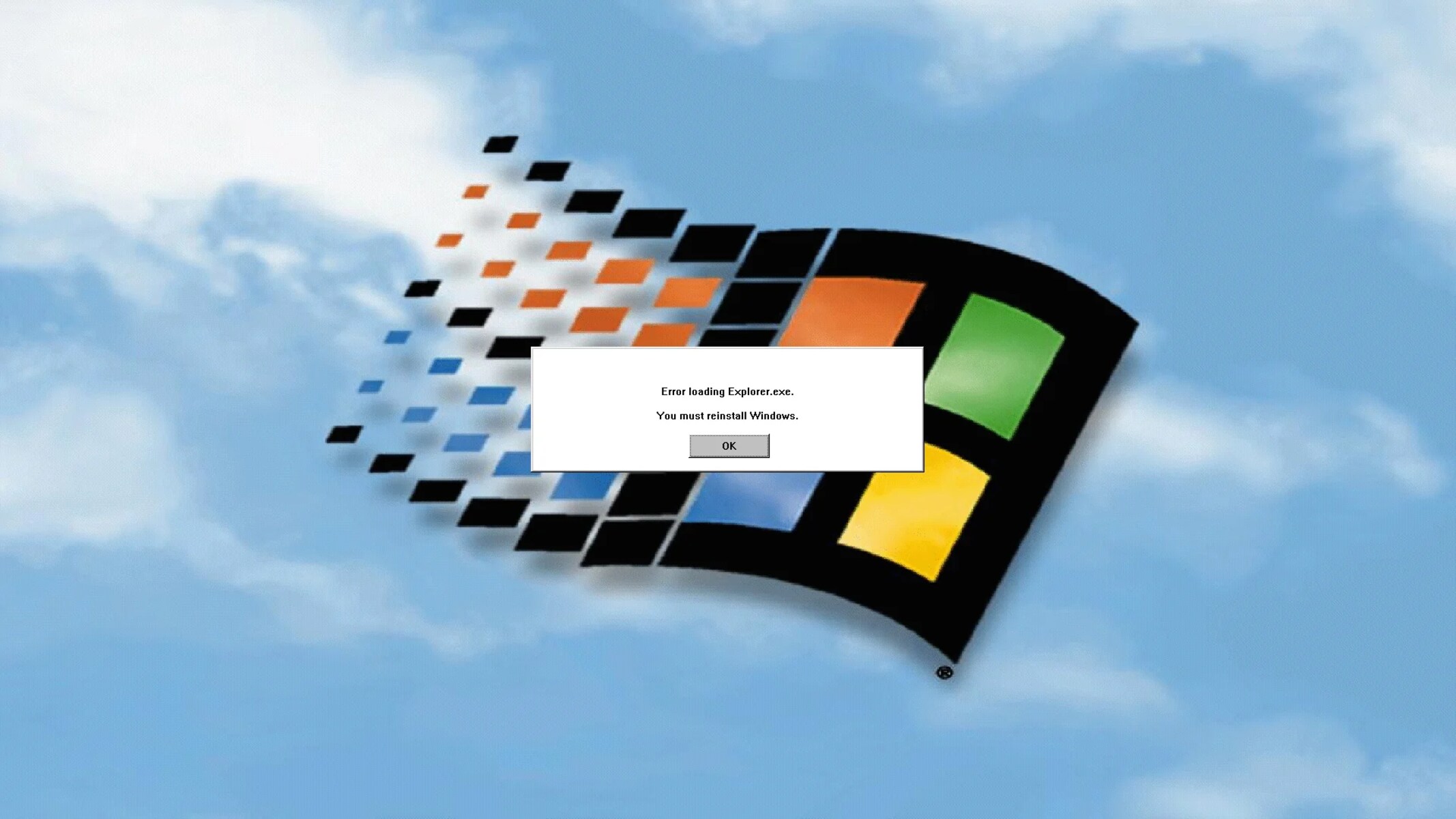Introduction
Installing an operating system on a VMware virtual machine enables you to create a virtualized environment that mimics a real computer system. Whether you want to experiment with a new operating system, run multiple operating systems on one machine, or test software in a controlled environment, VMware Workstation provides a convenient platform to accomplish these tasks.
In this step-by-step guide, we will walk you through the process of installing an operating system on a VMware virtual machine. Whether you are a beginner or have some experience with virtualization, this guide will help you confidently set up and configure your virtual machine.
By creating a virtual machine using VMware Workstation, you can install and run various operating systems, such as Windows, Linux, or macOS, on your existing computer. This allows you to take advantage of the benefits of virtualization, such as isolating the operating system from your host machine, running different operating systems simultaneously, and testing software without impacting your primary operating system.
Before you begin, make sure you have the necessary resources. You will need a licensed copy of VMware Workstation, a computer with ample resources to run the virtual machine smoothly, and an ISO file of the operating system you wish to install. Once you have everything ready, let’s dive into the step-by-step process of installing an operating system on a VMware virtual machine.
Step 1: Download and Install VMware Workstation
The first step in installing an operating system on a VMware virtual machine is to download and install VMware Workstation. This powerful virtualization software allows you to create and manage virtual machines with ease.
To begin, open your web browser and navigate to the official VMware website. Look for the VMware Workstation product page and click on the “Download” button. Make sure to choose the appropriate version for your operating system. VMware Workstation is available for both Windows and Linux.
Once the download is complete, locate the installer file in your downloads folder and double-click on it to start the installation process. Follow the on-screen prompts to proceed with the installation. You may be asked to accept the license agreement, choose the installation directory, and select any additional features you wish to include.
After the installation is complete, launch VMware Workstation. You will be greeted with a welcome screen that provides various options, such as creating a new virtual machine, opening an existing virtual machine, or connecting to a remote server. For now, we will focus on creating a new virtual machine, so click on the “Create a New Virtual Machine” option.
Congratulations! You have successfully downloaded and installed VMware Workstation. This powerful software will serve as the foundation for creating and managing your virtual machines. In the next step, we will guide you through the process of creating a new virtual machine to install your desired operating system.
Step 2: Create a New Virtual Machine
Now that you have VMware Workstation installed on your computer, it’s time to create a new virtual machine. This will serve as the platform on which you will install the operating system of your choice.
To begin, launch VMware Workstation. You will be presented with the main interface, which may vary slightly based on the version you have installed. Look for the “Create a New Virtual Machine” option and click on it.
Next, you will be prompted to choose the type of configuration you want for your virtual machine. You have two options: “Typical” and “Custom”. The “Typical” configuration is recommended for beginners as it provides a simplified setup. However, if you prefer more control over the configuration settings, you can choose the “Custom” option.
After selecting your desired configuration type, you will be asked to specify the operating system you plan to install. VMware Workstation provides a list of popular operating systems, including various versions of Windows, Linux distributions, and macOS. If your desired operating system is not listed, you can choose the option that matches it closely.
Next, you will need to provide the location of the installation media. If you have an ISO file of the operating system, you can choose the “Installer disc image file (iso)” option and browse your computer to locate the ISO file. Alternatively, if you have a physical installation disc, you can choose the appropriate option and insert the disc into your computer’s optical drive.
Once you have selected the installation media, VMware Workstation will automatically detect the operating system and suggest a name for your virtual machine. You can customize this name to your preference.
In the next step, you will be prompted to specify the disk capacity for your virtual machine. You can choose the default value or adjust it according to your needs. Additionally, you can choose to store the virtual disk as a single file or split it into multiple files.
After configuring the disk capacity, you may be prompted to specify other hardware configurations, such as the number of processors, amount of memory, and network settings. You can either accept the default values or adjust them based on your requirements.
That’s it! You have successfully created a new virtual machine using VMware Workstation. In the next step, we will explore various configuration settings to further customize your virtual machine before installing the operating system.
Step 3: Configure Virtual Machine Settings
After creating a new virtual machine in VMware Workstation, it’s time to configure its settings to ensure optimal performance and compatibility with the operating system you plan to install. In this step, we will explore various configuration options available to customize your virtual machine.
Once you have created a new virtual machine, VMware Workstation will open the Virtual Machine Settings window. This window allows you to modify hardware configurations, network settings, and other options of your virtual machine.
To begin, let’s focus on the Hardware tab. Here, you can configure settings such as the amount of memory allocated to the virtual machine, the number of processors it will utilize, and the virtual hard disk’s capacity and file type. Adjust these settings based on the requirements of your operating system and the resources available on your host machine.
Next, you can explore the other options available in the left sidebar of the Virtual Machine Settings window. For example, the CD/DVD Drive option allows you to specify the source for installation media, which can be an ISO file or a physical disc. You can also enable or disable the Floppy Drive, USB Controller, and other hardware components based on your needs.
The Network Adapter option is crucial if you want your virtual machine to have access to the internet or communicate with other devices on your network. You can choose between various network adapter types, such as Bridged, NAT, or custom configurations. Select the option that best suits your requirements and network environment.
Furthermore, you can explore additional options like Sound, Display, and USB. Adjust these settings based on your preferences and the capabilities of your host machine.
Once you have reviewed and adjusted the necessary settings, click on the OK button to save the changes and return to the main VMware Workstation interface. You are now ready to proceed with installing the operating system on your virtual machine.
Before we move on to the next step, it is important to note that you can always revisit the Virtual Machine Settings window in VMware Workstation to make further adjustments as needed. This flexibility allows you to fine-tune your virtual machine to meet any unique requirements or changes in your workflow.
Step 4: Get the ISO File of the Operating System
To install an operating system on your VMware virtual machine, you will need the ISO file of the operating system you want to install. An ISO file is a disk image file that contains all the necessary files and folders of the operating system’s installation media.
There are several ways to obtain the ISO file, depending on the operating system you plan to install. Here are a few methods you can use:
- Purchase and download: If you are installing a commercial operating system, such as Windows or macOS, you may need to purchase a license from their official websites. Once purchased, you can usually download the ISO file directly from their website or receive it via email.
- Free and open-source: Many Linux distributions, such as Ubuntu, Fedora, and CentOS, offer their operating systems freely and provide ISO files for download on their official websites. You can navigate to the respective website, select the version and architecture of the operating system you wish to install, and download the corresponding ISO file.
- Physical installation disc: If you have a physical installation disc of the operating system, you can create an ISO file from it. You can use third-party software like ImgBurn (Windows) or Disk Utility (macOS) to create an image file of the disc, resulting in an ISO file that can be used with VMware Workstation.
- Other sources: In some cases, you may find ISO files of older operating systems or niche distributions on third-party websites. However, exercise caution when downloading from these sources, as they may contain modified or compromised files. It’s always safer to obtain ISO files directly from official and reputable sources.
Once you have obtained the ISO file, save it to a location on your computer where you can easily access it. It’s a good idea to create a dedicated folder for ISO files to keep them organized and easily accessible for future installations.
With the ISO file of your desired operating system ready, you are now prepared to proceed with the installation process in the next step.
Step 5: Install the Operating System on Virtual Machine
With VMware Workstation configured and the ISO file of the operating system in your possession, you are now ready to install the operating system on your virtual machine. Follow these steps to begin the installation process:
- Launch VMware Workstation: Open VMware Workstation on your computer and ensure that your virtual machine is selected.
- Power On the Virtual Machine: Click on the “Power on this virtual machine” button to start the virtual machine. This action will boot the virtual machine with the installation media loaded.
- Start the OS Installation: Once the virtual machine is powered on, it will begin to boot from the installation media. Follow the on-screen prompts to initiate the operating system installation process.
- Language and Regional Settings: Select the desired language and regional settings for your operating system and click “Next” or “Continue”.
- Accept License Agreement: Read and accept the license agreement presented by the operating system. This step may vary depending on the specific operating system you are installing.
- Partition and Disk Setup: Select the disk or partition where you want to install the operating system. You can choose to format the disk or create new partitions as per the requirements of your operating system.
- Set Username and Password: Provide a username and password for your operating system. This will be used to log in to the virtual machine after the installation is complete.
- Installation Progress: Wait for the operating system to install. The installation time may vary depending on the speed of your computer and the complexity of the operating system.
- Finalize Installation: Once the installation is complete, the virtual machine will restart, and the initial setup process will begin. Follow the on-screen instructions to complete the setup process.
Congratulations! You have successfully installed the operating system on your virtual machine. You can now customize the operating system settings, install additional software, and explore the features and functionalities of your virtual machine.
Remember to install any available updates and security patches for the operating system to ensure it is up to date and protected against vulnerabilities. Take advantage of the flexibility offered by VMware Workstation and continue to experiment, install different operating systems, and explore the possibilities of virtualization.
Step 6: Complete Installation and First Boot
As you have successfully installed the operating system on your VMware virtual machine, it’s time to complete the installation process and perform the first boot of your virtual machine. This step is crucial in ensuring that the operating system is fully set up and ready for use.
After the installation completes, the virtual machine will most likely restart automatically. Allow the virtual machine to boot up and follow the on-screen instructions to perform the initial setup. This may involve configuring the time zone, network settings, user preferences, and other system-specific configurations.
Once the initial setup is complete, you will find yourself at the login screen of your virtual machine. Enter the username and password you set during the installation process to log in to the operating system.
Upon successful login, take a moment to familiarize yourself with the virtual machine environment. Explore the desktop, system menus, and any pre-installed applications that come with the operating system. You can customize the desktop settings, install additional software, and configure the operating system to suit your needs.
It is crucial to ensure that your virtual machine is up to date with the latest software updates and security patches. Regularly check for updates provided by the operating system vendor and apply them accordingly. This will help keep your virtual machine secure and functioning optimally.
Remember to refer to the documentation or user guides specific to the operating system you installed on your virtual machine. These resources can provide valuable insights into the features, settings, and optimization techniques related to the operating system, enabling you to leverage its full potential.
Now that you have completed the installation and performed the first boot of your virtual machine, you are ready to start using and exploring the operating system within your VMware environment. Enjoy the flexibility and convenience that virtualization provides, and make the most of your virtual machine for various purposes, such as software testing, development, or running multiple operating systems simultaneously.
Conclusion
Congratulations on successfully installing an operating system on your VMware virtual machine! By following the step-by-step guide outlined in this article, you have learned how to download and install VMware Workstation, create a new virtual machine, configure its settings, obtain the ISO file of the operating system, and complete the installation process. You are now equipped with the knowledge and skills to set up and use virtual machines for various purposes.
Using VMware Workstation, you can create virtualized environments to run multiple operating systems on a single machine, test software in a controlled environment, and experiment with new operating systems without impacting your primary system. This provides flexibility, convenience, and the ability to simulate real-world scenarios within a virtual environment.
Remember to regularly check for updates and patches for your operating system to ensure it remains secure and up to date. Additionally, explore the documentation and user guides specific to the operating system you installed to maximize its features and functionality.
Virtualization technology continues to evolve, offering advancements in performance, compatibility, and management. As you become more comfortable with VMware Workstation, consider exploring other features and capabilities it offers, such as shared folders, virtual networking, and snapshots, to further enhance your virtual machine experience.
Whether you are a software developer, IT professional, or simply an enthusiast, VMware Workstation provides a powerful platform for creating and managing virtual machines. Embrace the potential of virtualization and take advantage of the countless possibilities it brings.
Thank you for joining us on this virtual machine installation journey. We hope this guide has been informative and helpful in your quest for virtualization knowledge. May your virtual machines bring you productivity, creativity, and endless possibilities!







